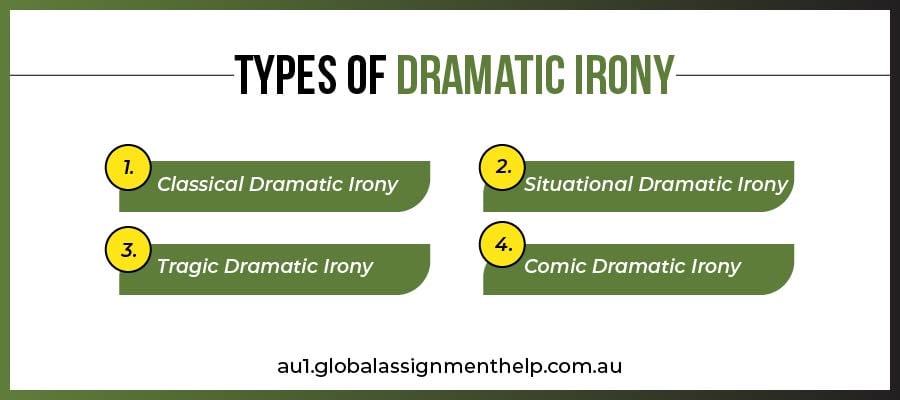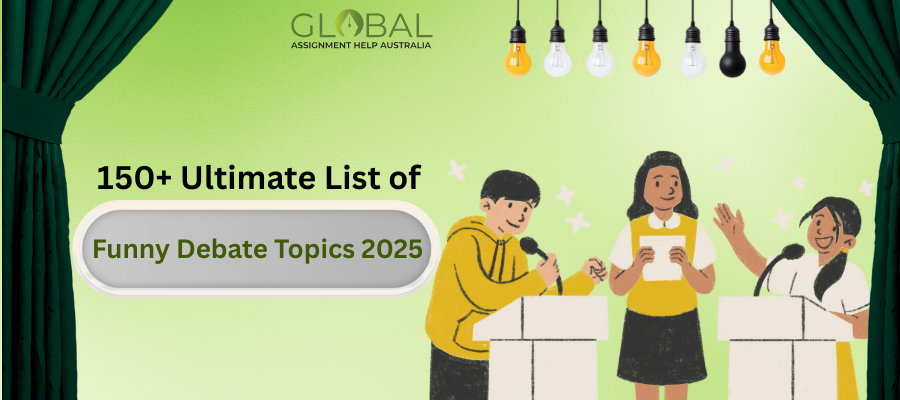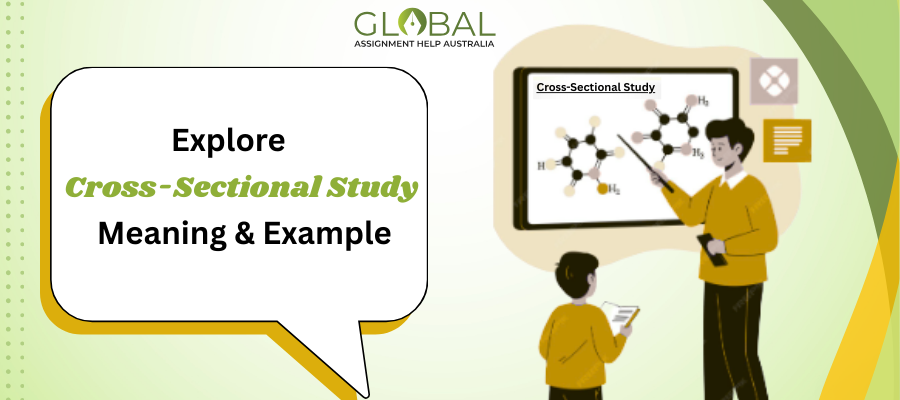 Offers
New
Order Now
Offers
New
Order Now
Are you an aspiring student who is hoping to impress your professor with creative writing, such as a play or a book? If yes, you should know about different forms of irony. Moreover, every pupil generally wants to keep readers interested and leave an impression on the professor. Thus, to do this, you need to create a plot for the narrative or story engagement. But doing this can be the trickiest part. Thus, the best alternative is to seek professional assistance from the assignment experts. It is so because they will guide you with every single detail that you must perceive about the dramatic irony to create a compelling story. So, before you know anything else, have an overview of what is dramatic irony. So, read the following segment to have a brief explanation of the same.
Dramatic irony is a literary device in which the readers know the critical information that the characters in a story do not know. Thus, it creates a sense of suspense and mainly adds depth and exciting elements to the story. Moreover, when the characters do not have knowledge about certain things, it leads them to make decisions or take actions that the audience knows will have unintended outcomes.
Thus, as per dramatic irony examples serves as a powerful literary device that enhances the impact of a story. It is done by involving the audience in a unique way. It creates emotional resonance and contributes to the overall thematic richness of the document you are working on. So, after having a brief overview of the dramatic irony definition, it is time to move ahead and explore the types of the same.
There are several types of dramatic irony that you can use in your assignment to make them engaging without putting in a lot of effort. Some of the most commonly used are discussed here:

In this type, the difference between what is expected to happen in a situation and what the actual results are established. Here, the readers understand the situation differently than the protagonist. Therefore, it leads to unexpected outcomes.
In this dramatic irony, tragic instances are involved. Thus, the audience is aware of a tragic event, and the characters are unaware of anything that is happening. Hence, it contrasts the emotional impact of the tragedy.
In contrast to tragic irony, comic irony involves situations where the audience perceives humour or absurdity that the characters do not. The humour often arises from the characters' lack of awareness of the true nature of a situation.
These are the frequently used types of irony that you can use in your assignments to leave an impression on your professors and earn higher grades. Moreover, you can refer to what is a dramatic irony
In contrast to tragic irony, comic irony involves situations where the audience perceives humour or absurdity that the characters do not. The humour often arises from the characters' lack of awareness of the true nature of a situation.
Example to have a better understanding. Now, let's move ahead to learn the effects of dramatic irony in any story or situation.
From the ocean of effects that dramatic irony sentence can have, here are some of the most dominating ones discussed by the experts. Explore them to have an idea of what you are implementing:
With the help of dramatic irony, you can often create strong emotional responses in the minds of the audience. These include empathy, sympathy, or amusement. Besides this, you can create an awareness of the audience.
As per dramatic irony examples you can add humor and irony to a story, depending on the situation. There may be ironic, satirical, or humorously relieved moments when the spectator realizes that the characters' beliefs and the natural world are inconsistent.
Dramatic irony is also used to create suspense in the smooth story to engage the readers for a longer time period. It uses the climax to frame the curiosity in the mind of the one reading the document.
These are the most powerful impacts that are created with the use of dramatic irony in any content. However, doing this is the most trickiest part of any document, but with professional assignment help, you can ace it easily. Now, let's dive into the different stages in which dramatic irony is classified.
In this section, you will discover the three stages in which you can divide the irony to draft an ideal document:
It is the first step where you have to prepare or plan the document to give your readers an idea of the story you will be telling. So, to make this stage effective, you need to understand the pointers listed below:
It is the next stage of the story, where you need to create an element of stress in the situation to keep the interest of the audience engaged.
It is the last section of the story, where you have to draw a connection between the knowledge gap you have created and this point in the narrative. So, consider these pointers to construct an ideal ending for your document:
These were the stages in which you need to divide your story to make it easy for you to develop it and understandable for the readers, too. Moreover, if you still have any issues regarding this, seeking professional assistance is the solution. Now, you might think about how the experts resolve your queries, right? So, find your answer to the question in the following section of the blog.
If you have come this far, then you must be struggling with including dramatic irony in the document; if yes, then no worries. It is not something to get stressed about, as there are times when being creative is something that not everyone can possess. Thus, for these situations, the experts of Global Assignment Help Australia are there to rescue you. These are the subject matter specialists who can guide you in the right direction to help you overcome your struggles.
It is so because we have hand-picked our team of experts who are well-versed in the requirements of dramatic irony. Therefore, our team of writers can resolve all your queries and guide you to draft an ideal document without you struggling much. So, why are you still baffled around when you can share your burden with us and ensure higher grades without struggling?
You may also like to read:
Learn to Draft Best BSBSUS201 Assessment Answers Efficiently
7+ Important English Techniques to Improve the Context
Get Qualified TAE40116 Certificate IV in Training and Assessment

Grab this exclusive offer and start your journey to savings today! Act quickly, as this special offer won't be around for long!

This blog explains what is a hyperbole, provides engaging examples, & explores how to use hyperbole.

Explore 150+ funny debate topics to spark laughter, creativity, and lively discussions in 2025

Cross-Sectional Study basics explained with steps, examples, and comparisons.
Limited Time Offer
Exclusive Library Membership + FREE Wallet Balance
1 Month Access !
5000 Student Samples
+10,000 Answers by Experts
Get $300 Now
Update your Number
